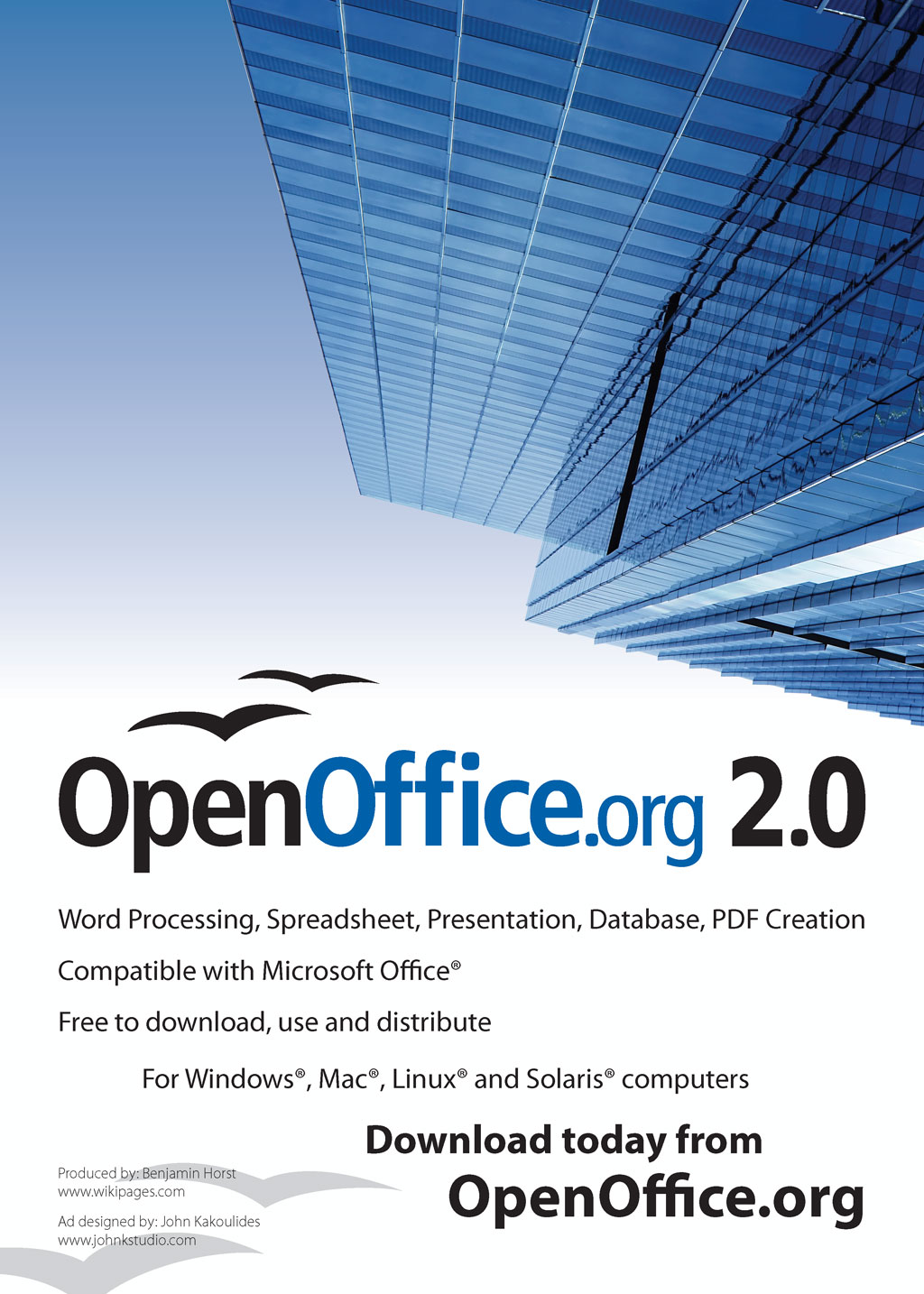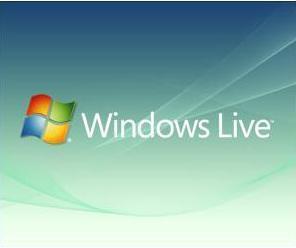Chapter 7
Identify common wireless devices and their application to business
Wireless devices are commonly applied to businesses because they save time and allow the employees of the business to spend time on other more productive things. Some common wireless devices include smart phones, these phones are regularly used by businesses as employees have regular access and can perform productive tasks, as they are connected to the internet and in turn are connected to their work. Other common wireless devices include the blackberry 8800, The Treo 750, The Motorola Q, The Helio Ocean, the Apple I-phone and The Sony Mylo.Such wireless devices connect people with their businesses by letting them know what is happening internal to their business even when they are outside their business; this in turn gets work done faster.
However one disadvantage of smart phones is that people can use them to copy and pass on confidential information. Nonetheless new jamming devices are being developed to counter the threat.

Describe the various types and general characteristics of wireless transmission media/technologies - microwave, satellite, infrared and radio waves.
- Wireless transmission media – transmit signals without wires over the air or in space. The main types of wireless media include microwave, satellite, radio and infrared.
- Microwave – these transmission systems are widely used for high-volume, long distance, line-of-sight communication. The advantages are High bandwidth and they are relatively inexpensive, however the disadvantages include that there must be an unobstructed line of sight, and it is susceptible to environment interference.
- Satellite – make use of communication satellite. There are three types of satellites geostationary (GEO), medium earth orbit (MEO), and low earth orbit (LEO). The advantages of high bandwidth and large area coverage. The disadvantages include the fact that it is expensive, it must also have an unobstructed line of sight, the signals experience propagation delay and encryption must be used for security
- Infrared – the final type of wireless transmission is infrared transmission. Common applications of infrared lights are remote control units for television etc. The advantages include that it has low to medium band width and it is used only for short distances. The disadvantages are that it must have an unobstructed line of sight.
- Radio – uses radio wave frequencies to send data directly between transmitters and receivers. The advantages include its ability to travel easily between normal office walls. The radio devices are fairly inexpensive, and can transmit data at high speeds. The disadvantages of include the fact that radio media can create electrical interference programs.
- Microwave – these transmission systems are widely used for high-volume, long distance, line-of-sight communication. The advantages are High bandwidth and they are relatively inexpensive, however the disadvantages include that there must be an unobstructed line of sight, and it is susceptible to environment interference.
- Satellite – make use of communication satellite. There are three types of satellites geostationary (GEO), medium earth orbit (MEO), and low earth orbit (LEO). The advantages of high bandwidth and large area coverage. The disadvantages include the fact that it is expensive, it must also have an unobstructed line of sight, the signals experience propagation delay and encryption must be used for security
- Infrared – the final type of wireless transmission is infrared transmission. Common applications of infrared lights are remote control units for television etc. The advantages include that it has low to medium band width and it is used only for short distances. The disadvantages are that it must have an unobstructed line of sight.
- Radio – uses radio wave frequencies to send data directly between transmitters and receivers. The advantages include its ability to travel easily between normal office walls. The radio devices are fairly inexpensive, and can transmit data at high speeds. The disadvantages of include the fact that radio media can create electrical interference programs.
What is Bluetooth and how is it used?
- Bluetooth is a chip technology that enables short-range connection (data and voice) between various devices. It is an industry specification used to create small personal area networks. A personal area network is a computer network used communication among computer devices (e.g. telephones and smart phones) close to one person.
- Bluetooth can link up to eight devices within a 10 meter area using low power, radio-based communication.
- Common applications for Bluetooth are wireless handsets for cell phones and portable music players.
- Advantages include its low power consumption and its Omni-directional radio waves.
- Bluetooth can link up to eight devices within a 10 meter area using low power, radio-based communication.
- Common applications for Bluetooth are wireless handsets for cell phones and portable music players.
- Advantages include its low power consumption and its Omni-directional radio waves.
What are WLAN's, Wi-Fi, WWAN's, 3G?
- WLAN – a computer network in a limited geographical area that uses wireless transmission for communication
- Wi-Fi – a set of standards for wireless local area networks based on the IEEE 802.11 standard.
- WWAN – it differs from WLAN in that it uses Mobile telecommunication cellular network technologies.
- 3G – uses digital signals and can transmit data up to 384 Kbps when the device is moving at a walking pace , 128 Kbps when moving in a car, and up to 2 Mbps when the device is in a fixed location. 3G supports video, Web browsing and instant messaging.
- Wi-Fi – a set of standards for wireless local area networks based on the IEEE 802.11 standard.
- WWAN – it differs from WLAN in that it uses Mobile telecommunication cellular network technologies.
- 3G – uses digital signals and can transmit data up to 384 Kbps when the device is moving at a walking pace , 128 Kbps when moving in a car, and up to 2 Mbps when the device is in a fixed location. 3G supports video, Web browsing and instant messaging.
What are the drivers of mobile computing and mobile commerce
The development of mobile commerce and mobile computing is driven by the following factors:
- Widespread availability of mobile devices – most phones now have internet access. Cell phones are also spreading very quickly on developing countries
- No need for a PC – because people have access to internet through the smart phone or other wireless devices, they do not need to go on the PC to access the internet.
- The ‘cell phone culture’ – the members of ‘cell phone culture’ will constitute a major force of online buyers once they begin to make and spend more money.
- Declining prices – the price of wireless devices is declining and wil continue to decline
- Bandwidth improvement – to properly conduct m-commerce, you will need sufficient bandwidth for transmitting text, voice, video and multimedia.
- Widespread availability of mobile devices – most phones now have internet access. Cell phones are also spreading very quickly on developing countries
- No need for a PC – because people have access to internet through the smart phone or other wireless devices, they do not need to go on the PC to access the internet.
- The ‘cell phone culture’ – the members of ‘cell phone culture’ will constitute a major force of online buyers once they begin to make and spend more money.
- Declining prices – the price of wireless devices is declining and wil continue to decline
- Bandwidth improvement – to properly conduct m-commerce, you will need sufficient bandwidth for transmitting text, voice, video and multimedia.
Explain the nature of RFID
- Radio frequency identification technology is a wireless technology that allows manufacturers to attach tags with antennas and computer chips on goods and then track their movement through radio signals.
- RFID systems use tags with embedded microchips, which contain data, and antennas to transmit radio signals over short distance to RFID readers
- One problem with has been the expense. Tags remain expensive, which makes them unusable for low-priced items.









